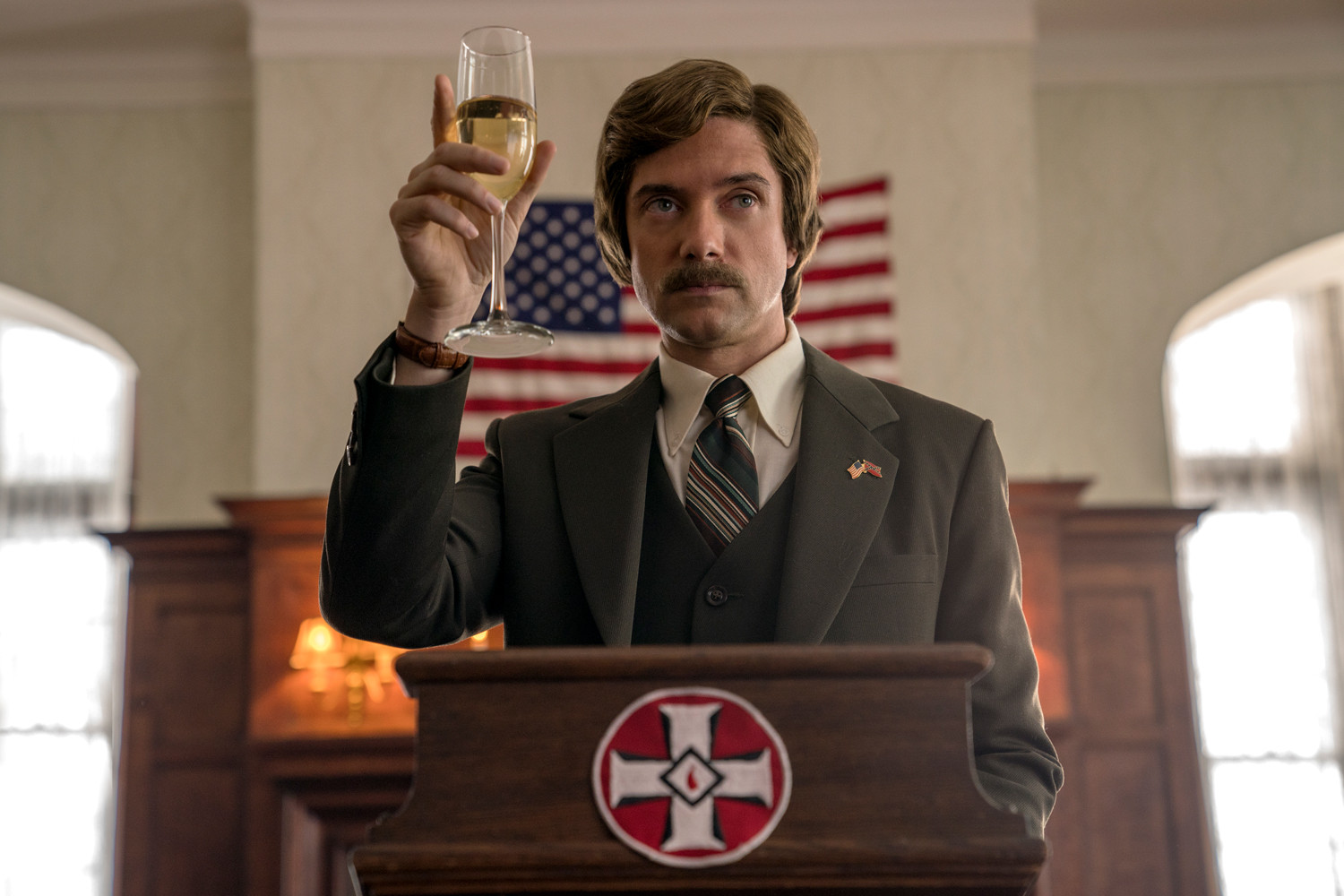Warning: Spoiler’s ahead.
In an America where news is fake and our President is a former reality star, politically and socially charged films like Spike Lee’s Chiraq and Jordan Peele’s Get Out have found a receptive audience. Now, Blumhouse Productions has brought together both talents as director and executive producer, respectively, to create BlacKkKlansman.
Set in the 1970’s, the film relies on cynical humor to poke fun at the racial and political parallels between America then and now. Skilfully, Lee tells the laughably true story of a black man infiltrating the Ku Klux Klan. Laying the foundation for the movie is a buddy cop film whose plot — like a Chappelle’s Show skit — parallels our present day political climate. While the crippling effects of institutional racism are not lost in the film, Lee ultimately chooses to place more emphasis on the perverse and quite plainly, dumb, logic that informs racism. More so than reminding us that “racism is bad,” Lee reminds us that, “the logic behind racism is feeble minded.”
BlacKkKlansman follows Ron Stallworth (John David Washington), the first African-American detective of the Colorado Springs Police Department as he sets out on a mission to infiltrate and expose the Ku Klux Klan in his town. The young detective soon recruits a more seasoned colleague, Flip Zimmerman (Adam Driver), to join the undercover investigation and take down the extremist hate group.
Focus Features
Early on in the film, Lee hits the audience with a few jabs at the wavering loyalties of the white man, when two cops are shown discussing their love for O.J. Simpson. Viewers in the theater quickly burst into laughter, knowing that 25 years later the O.J. Simpson murder case sparked relentless racial division. Further into the film, Lee presents a group of white supremacists in a bar spouting superiority rhetoric, mispronouncing words and subsequently generating more laughter in the audience.
In the same bar scene, Lee highlights covert racism’s evolution into a political agenda with mainstream appeal, as the white supremacists express feeling disenfranchised by America. The group of men state they no longer feel prioritized by their country, that Jews control Hollywood, and that all they see on their screens are non-white, non-male faces.
Enter the Trump-mirroring David Duke (Topher Grace): a former Grand Wizard of the Ku Klux Klan who is determined to get into politics. Discussing Duke, a fellow officer explains to Stallworth that as society has progressed, white supremacists have to be more tactful in outwardly expressing their views, less they want to face personal and career consequences. Instead, supremacists can follow a figure in the White House who embodies these racist ideologies, with promises to take America back to a time similar to the Greatest Generation, where everything was in favor of white people. Stallworth retorts that someone like that would never get elected; another fourth-wall break with obvious implications.

Focus Features
By the end of the film, Stallworth has successfully arrested the lead white supremacists and he and his love interest Patrice (Laura Harrier) discuss the future of their relationship. Suddenly, an ominous knock on the door leads the two, guns drawn, toward the end of their apartment hallway. Spike utilizes his patented dolly shot to emphasize the characters’ anxiety as they roll toward a window and find a burning cross outside by the Klan.
For all the comedic angles in which Lee plays with racism, the final shots of BlacKkKlansman make you regret spending the majority of the film laughing.
Symbolically, Lee depicts the neverending fight against racism before transitioning into present day footage of the Unite the Right rally in Charlottesville, Virginia and Trump’s “both sides” rhetoric. An upside-down American flag is shown turning black and white as the film comes to a close. The footage, added last minute to the final edit of the movie, poignantly delivers one of Lee’s key message: the structures of racism and the so-called-plight of the white man has never and will never change. Indeed, in place of colluding in the back of seedy bars as in the film, supremacists in present day have found community in online forums. In addition to lynching, hate is acted on through mass shootings like the Charleston church shooting. And while Klan membership is down from its peak in the 1920’s, it still persists. The Alt-Right, meanwhile, gains steam, giving a platform to white supremacists and nationalists.
For all the comedic angles in which Lee plays with racism, the final shots of BlacKkKlansman make you regret spending the majority of the film laughing. The film holds a sick mirror up to the audience, exposing our “amusement” of the ongoing, never-ending fight against racism. Although moments in the film are genuinely built to be funny, the overarching message is that these awful notions, for as illogically driven as they are, still exist.
And while the audience, lulled into a sense of comfort, was laughing five minutes prior, we all shuffled out of the screening room at the end seemingly guilt-ridden. Now refusing to make eye contact with one another, it became palpable to everyone in attendance, regardless of their race, that the film’s “laughing matters” would still be facing us once we stepped outside.
BlacKkKlansman releases in theaters on August 10, 2018.

